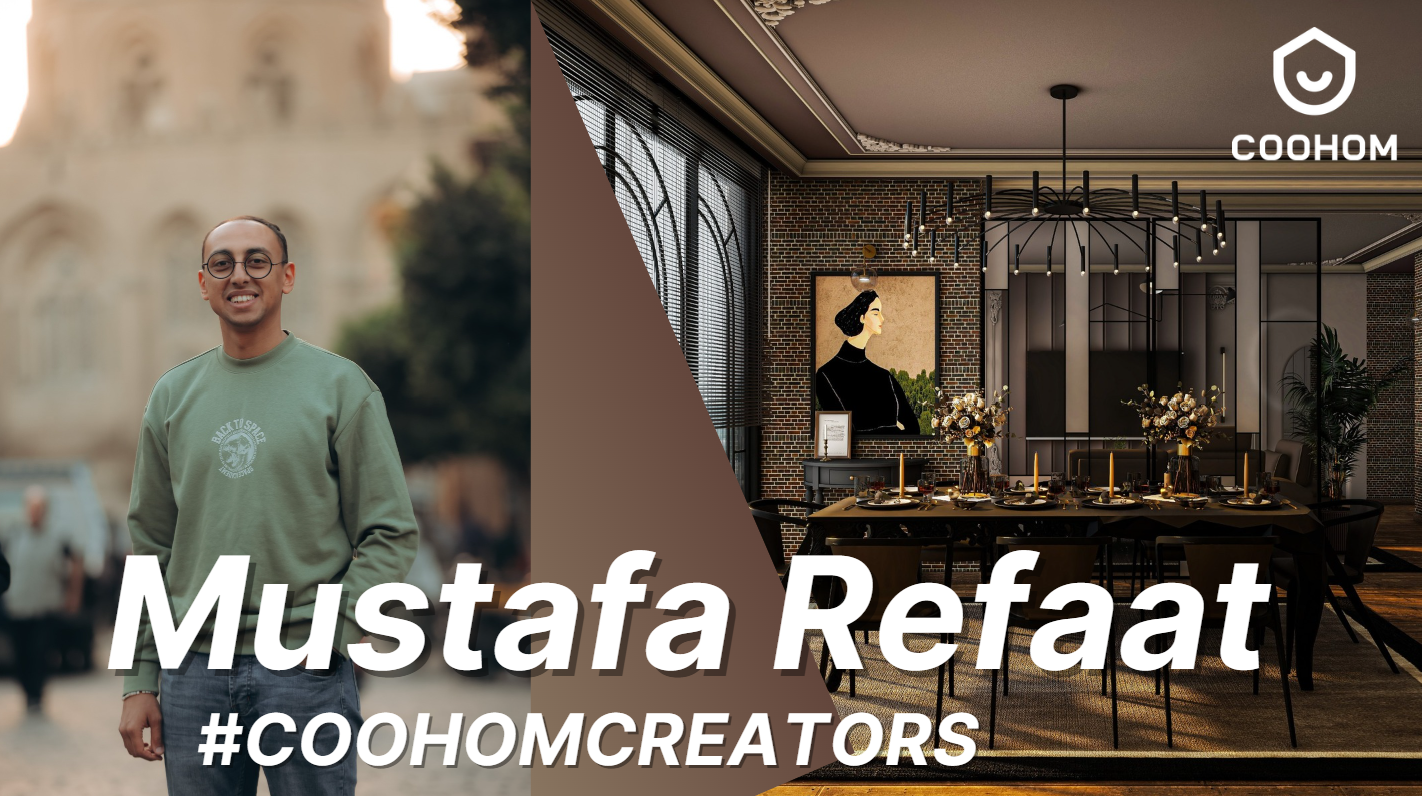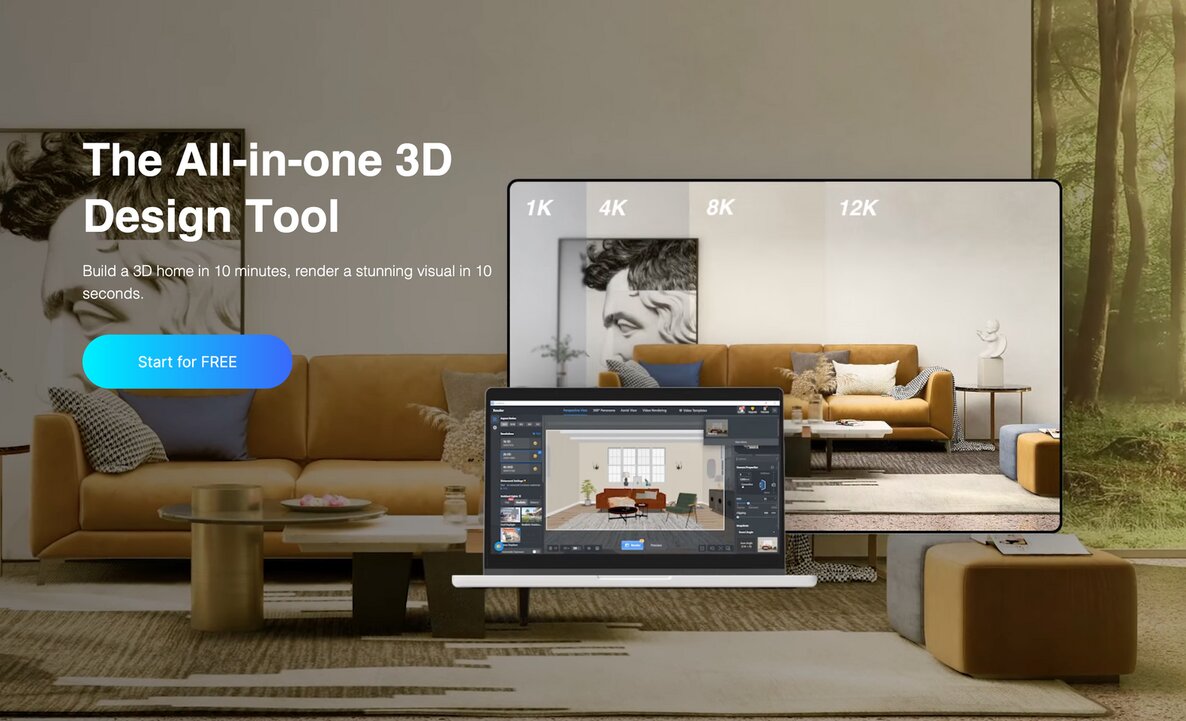From the monumental halls of the Grand Egyptian Museum to the bustling retail spaces of Arkan Mall in Cairo, Mustafa Refaat’s portfolio commands respect. This new generation of architects, represented by this 2020 Engineering graduate, is rigorously trained in traditional disciplines yet hungry for innovation. But Mustafa is more than just an architect. He is also a novelist, a cyclist, and a musician.
With such a diverse creative life, time is his most valuable asset. During his university and early career, Mustafa mastered traditional design tools like 3ds Max, V-Ray, and Revit. However, he quickly realized a painful truth: in the fast-paced modern world, the complexity of these “heavy” tools often became a bottleneck rather than an advantage.
“We live in the age of speed,” Mustafa declares. His search for a solution that could bridge the gap between high-end architectural standards and rapid delivery led him to a YouTube video in 2020. That moment introduced him to Coohom, a tool that he believes is not just a software alternative, but the future of the design industry. Here, he shares why he believes traditional programs must evolve or die out, and how Coohom became the “one-stop mall” for his creative career.
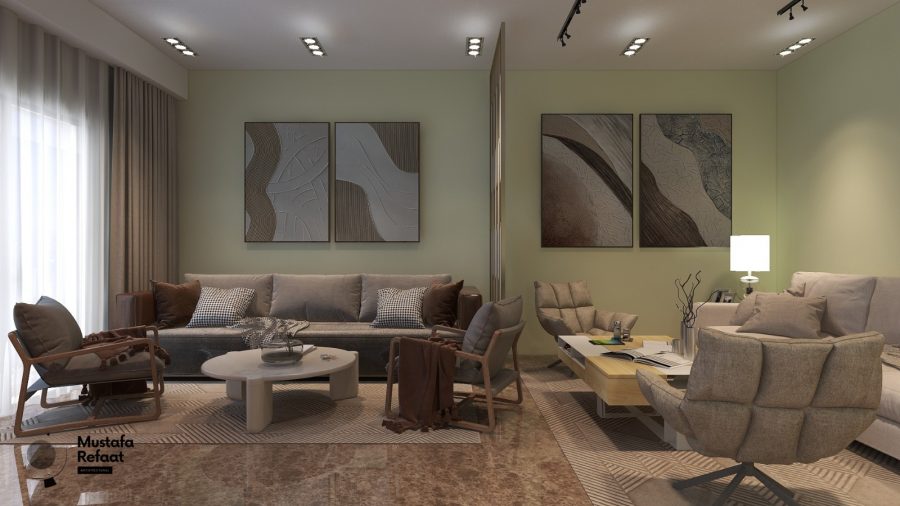
Bridging the Gap: From Academic Theory to Commercial Success
For many design graduates, there is often a big gap between the theoretical knowledge learned in universities and the practical skills demanded by the market. Mustafa Refaat’s career began exactly at a challenging obstacle.
“I remember my first project; it was designing a 170-square-meter apartment,” Mustafa recalls. “I had only graduated a few months prior, and I didn’t have enough money to buy a modern computer.” He attempted to finish this large project using the laptop he had used for his graduation project. But when he turned to the tools he learned in school—3ds Max— the heavy software overloaded his laptop, making the design process slow and frustrating.
That desperation led him to a discovery for a lighter alternative. Fortunately, he found Coohom. And the cloud-based platform ran smoothly on his old laptop surprisingly, allowing him to produce “amazing designs” that 3ds Max couldn’t render on his hardware.
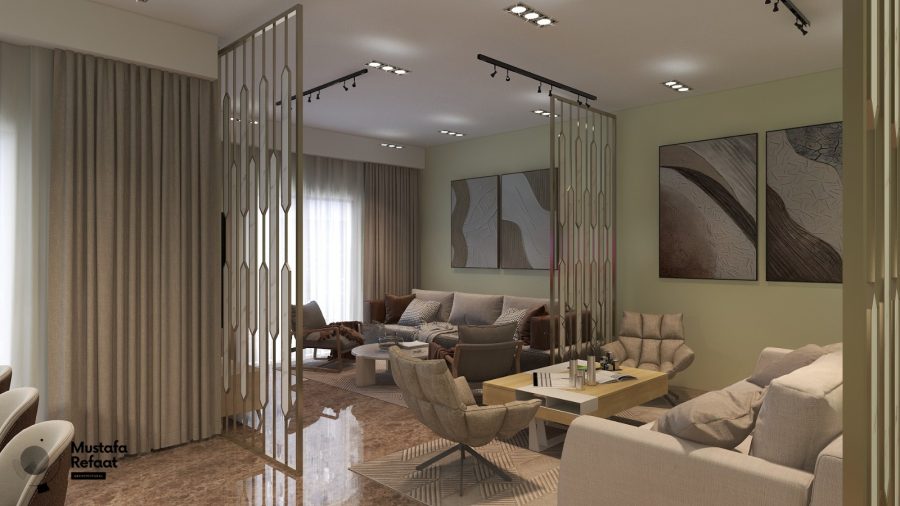
The result was a turning point in his life. He completed the apartment design. The client loved it and he received his first paycheck. After that first check that allowed him to finally upgrade to a powerful computer, Mustafa never went back. He realized that Coohom wasn’t just a temporary choice for a slow laptop; it was a permanent upgrade for his workflow. The bridge had been crossed, and there was no looking back.

Redefining Professionalism: The “One-Stop Mall” of Design
While Coohom helped Mustafa launch his career, his professional foundation was established in great projects. He worked as a Finishing Engineer in the Grand Egyptian Museum and the massive Arkan Mall. Through reviewing design drawings and overseeing on-site implementation, Mustafa gained invaluable insight into real-world design execution. He said that these experiences enabled him to use modern design tools with greater expertise and professionalism.
Now, when applying that expertise to his designs, Mustafa has a clear philosophy on software choice. He challenges the notion that professionalism requires complex, heavy-duty software.
“Why would I go to a separate store to buy each product when I have a large mall that brings together everything I want?” he asks. “That mall is Coohom.”
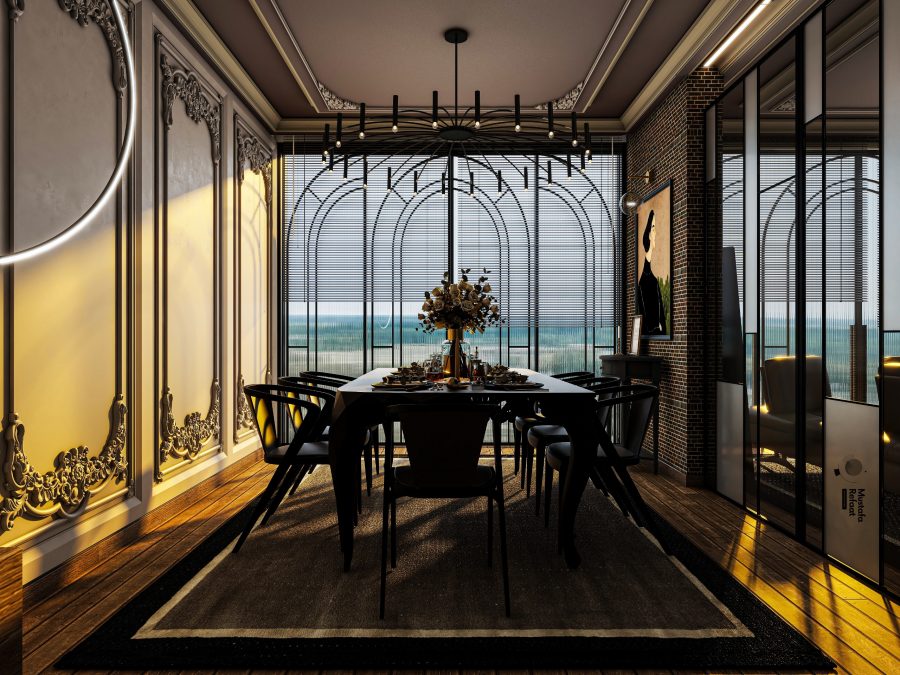
Mustafa explains this choice by comparing the workflows directly. With traditional software like 3ds Max and V-Ray, he has to split an apartment into several files, import AutoCAD drawings manually, prepare all the blocks himself, and then build materials and lighting from scratch. However, in such a complex workflow, any small, unintentional mistake can render the entire file unusable, and it is often difficult to locate the source of the error. Worse still, after all this, there is still a long rendering time to wait.
By contrast, Coohom gives him a much better workflow. “You can work on the entire apartment in one project,” he says. AutoCAD plans are uploaded and converted into 3D automatically, the built-in, constantly updated block library replaces manual model prep, and fast cloud rendering delivers results quickly. For Mustafa, the best part is that “any project on Coohom, no matter how large, will never be corrupted.”
This all-in-one approach represents a shift towards a more streamlined design philosophy for Mustafa. With Coohom, he can bypass the tedious technical setup that often slows down design work. It allows him to achieve high-end results without switching from traditional tools, effectively turning the complex chore of technical coordination into a seamless, efficient creative process.

“The Future Means Coohom”: How One Egyptian Architect Sees Design Evolving
With his academic background and practical exprience in design work, Mustafa has formed his own view of where design tools are heading. In his view, the rapid pace of modern life demands tools that can reinvent themselves and keep up with the times. He observes that while traditional workflows have their place, the future increasingly belongs to platforms that prioritize speed, efficiency, and adaptability.
This belief also shapes how he speaks to design students who feel stuck between strong theory and slow execution. Many of them are familiar with complicated concepts like psychological space, but struggle to turn those ideas into convincing design work. Mustafa’s advice is straightforward: start with Coohom. Whether through AI-powered designs, library-based design, or ready-made project files, the platform gives them a way to get started and think without being blocked by technical barriers or hardware limits.
Looking ahead, Mustafa believes more and more architects and interior designers in Egypt will gravitate toward this kind of workflow. In his daily practice, Coohom has become the environment where he tests layouts, refines materials and lighting, and prepares visuals that clients can immediately understand. For him, it represents a quite important shift: from fragmented workflows to simpler, more connected ways of designing.
That is why the phrase he repeats has stuck with him. It isn’t a slogan, but a personal summary of his experience so far. For Mustafa Refaat, “The future means Coohom” is another way of saying that the future of design belongs to tools that help ideas move faster—from the mind, to the screen, to the real world.
